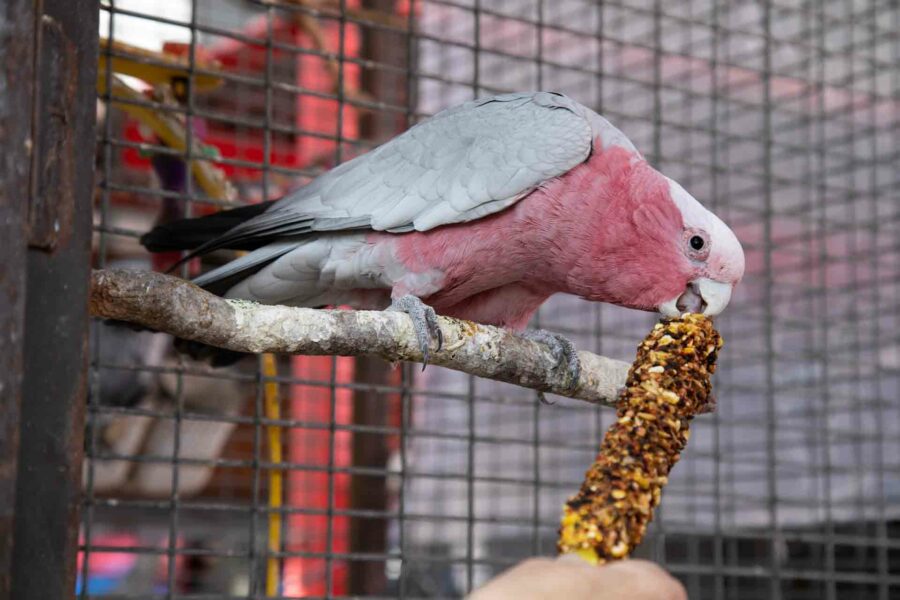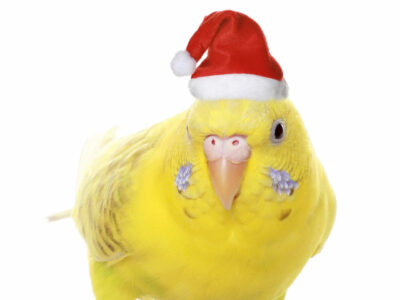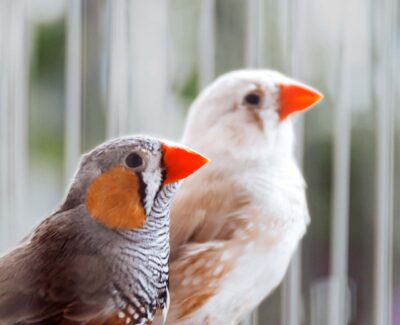
5 Essential Tips for Training Your Pet Bird
With their high levels of intelligence, many pet birds are responsive to training and can be taught a variety of exciting skills, from performing tricks and tasks to repeating words and phrases. Training your avian companion can also yield several benefits, such as reducing unwanted behaviors, enhancing your bird’s mental stimulation, and deepening the bond between the two of you. However, there are several factors that may affect your training efforts, so time, patience, and some trial and error may be required.
At MyBird, our mission is to share the many joys and benefits of pet bird ownership while providing education on responsible bird care. To help you strengthen the relationship with your avian companion, here are five key pet bird training tips:
Understand that some birds may be easier to train than others
Birds that are generally more receptive to training include parakeets, conures, and cockatiels, while African grey parrots, macaws, cockatoos, and Amazon parrots can be more difficult. Finches and canaries are generally considered very challenging when it comes to training. In addition, younger birds and those that have been handled frequently tend to be easier to train, while older birds and those with timid personalities are more difficult. Understanding your bird’s unique personality can help you determine how much time you will need to invest in your training efforts.
Focus on building a strong relationship
In order to start training your bird, it’s crucial to get them to trust you and enjoy spending time with you. Therefore, work on approaching your bird slowly and gently, and spend plenty of time with them until they become comfortable with your presence. Offering treats may also help as you build trust.
Create the right environment
Context is key for effective training. Before practicing any commands, ensure that your bird does not seem agitated—for instance, if they are flapping their wings or trying to bite, let them calm down before attempting training. When the time is right, ensure that the room is quiet, well-lit, and free of distractions. Always close windows and doors before taking your bird out of their cage.
Begin with the “step up” command to have your bird step onto your hand
This is crucial to all interactions with your bird and serves as the foundation for more advanced training. To learn “step up,” your bird should already be comfortable with your hand—but approaching cautiously is still key. Extend your finger very slowly and as your bird approaches, ask them to step up. If and when they climb onto your finger, offer praise and a treat, and repeat the process until your bird understands the concept.
Be patient and make it fun
Maintaining a positive, encouraging attitude is crucial for effective training. Never raise your voice or display frustration towards your bird—if they are not receptive to your training efforts, simply try again another time. Spend time playing with your bird before starting a training session, and always end with treats, regardless of whether or not the training was successful.
By following these five essential tips, you can encourage your bird to become more receptive to training, thereby laying the foundation for advanced skills such as saying particular words or phrases, housetraining, and performing fun tricks. Always consult your avian veterinarian if you have questions or concerns about your bird’s behavior, and follow our blog for more helpful tips and insights about pet bird care!





